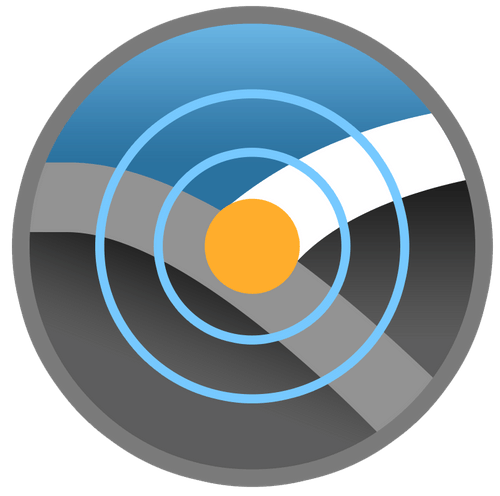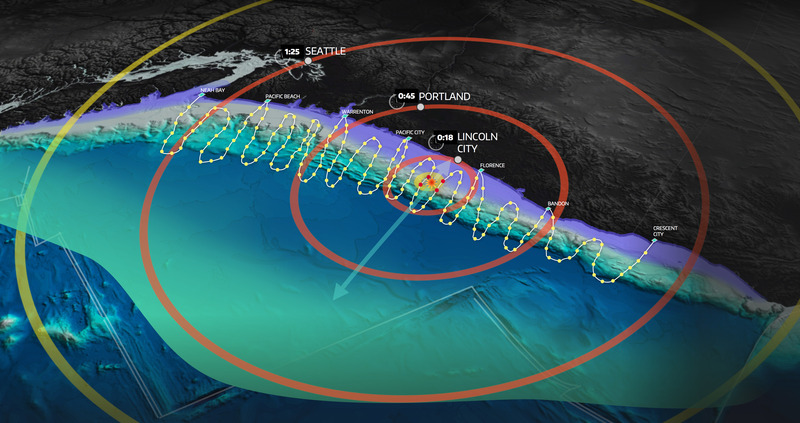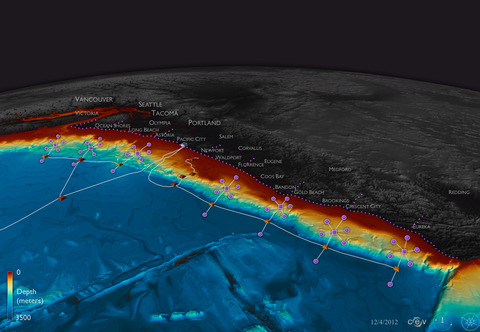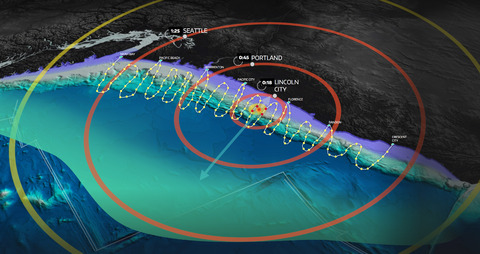To help improve our early warning capabilities for offshore earthquakes and tsunamis and improve our capabilities to monitor the Cascadia subduction zone, we explored the design and cost-benefit of an offshore real-time network extending along the full length of the subduction zone. Support for this effort was provided by the Gordon and Betty Moore Foundation.
To accomplish this, we:
- Analyzed existing offshore data and conducted modeling studies to help constrain the requirements for effective earthquake and deformation monitoring.
- Studied existing observatories and emerging technologies to understand the strengths and weaknesses of different approaches.
- Developed a set of top-level system engineering requirements through an iterative process.
- Held a workshop in spring 2017 to engage the scientific community, provide a forum for scientists to interact with engineers, and to solicit feedback from experts. The workshop discussed a strategy for engaging stakeholders outside the scientific community.
- Generated a white paper which outlines the case for an offshore network and presents a list of project tasks for implementing the observatory, a timeline and a projected budget.
Although our focus is Cascadia, we anticipate that our study will be a useful resource for groups who are planning offshore monitoring infrastructure in other subduction zones and we welcome interactions with such groups.





